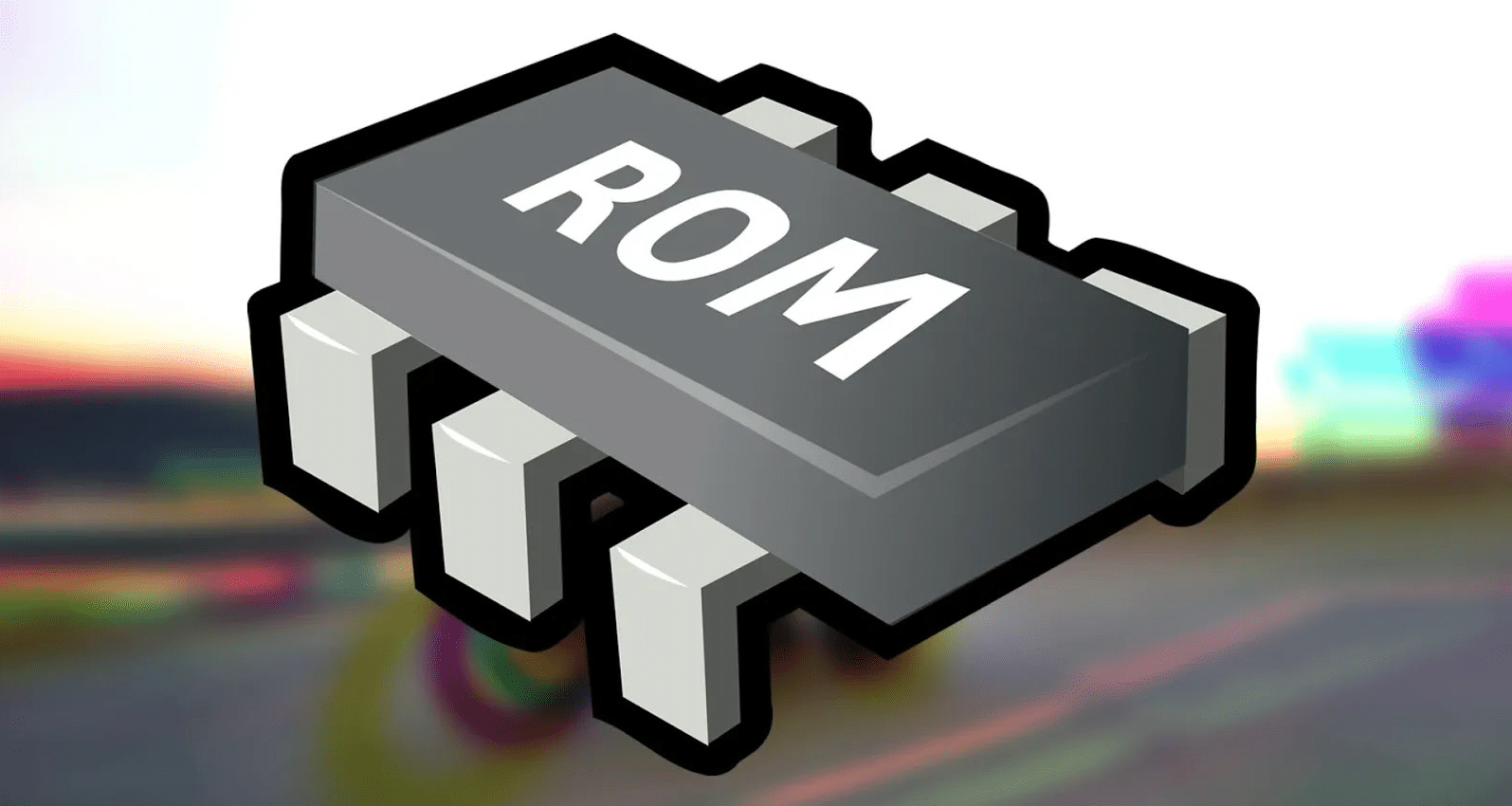A computer is a very important device and besides being the best gadget to play your favorite video games or watch your favorite movies, it is used to store important and confidential data.
There is a possibility that you use your computer every day, but have you ever asked yourself how it works?
Well, a computer has various components that store data with the hard drive being the primary storage device that saves data such as music, apps, OS files, videos, etc.
Apart from the hard drive, your computer also has ROM (Read-only memory) and RAM (Random Access Memory) and in this article, we will tell you more about ROM.
What is ROM?
Read-only Memory abbreviated as ROM is simply a storage medium used with laptops, computers, and other electronic devices.
The words read-only on ROM mean that any information stored in ROM can only be read or modified by experts with extreme difficulty.
This form of memory is usually non-volatile which clearly means that you cannot write on it.
According to tech experts, ROM stores information permanently during manufacture which is required to start a computer in an operation famously known as bootstrap.
Interestingly, ROM chips can also be used in other electronic devices such as microwave ovens and washing machines.
Characteristics of ROM
- Data stored in ROM is non-volatile hence not lost when the power supply is disconnected
- Data stored is unchangeable or may require a special operation to modify
Types of ROMs

- Masked ROM (MROM): This is a traditional type of ROM where data and instructions were written when the memory chip was manufactured
- Programmable Read Only Memory (PROM): This is a ROM that can successfully be edited by the user though only once. Modification is straightforward and you should buy a blank PROM and load your information using a PROM program
- Erasable and Programmable Read Only Memory (EPROM): This is a special type of memory with the ability to retain its content but can be erased when exposed to ultra-violet light for about forty minutes. Basically, the UV light clears its data meaning that you can reprogram the memory. But, if you want to successfully write and erase EPROM, you must have specially designed devices such as PROM burner or PROM programmer
- Electrically Erasable and Programmable Read Only Memory (EEPROM): This is a special type of PROM which you can successfully erase electronically by exposing it to an electrical charge. EEPROM programming and erasing takes approximately 4-10ms and can retain its content even after the power goes off. According to tech professionals, EEPROM can be programmed and erased about 10,000 times
Advantages of ROM
- It is non-volatile in nature
- Easy to test
- It is more reliable than RAMs
- Cannot be accidentally changed
- Contents are known and can successfully be verified
- It is static and doesn’t require refreshing
Uses of ROM
As stated earlier, content stored in ROM can only be read but in few cases, it can only be edited with difficulty or cannot be modified at all.
For that case, ROM is used for updating the firmware. If you are hearing the word firmware for the first time, it’s simply data stored on your computer’s ROM to give instructions on how to operate the device.
The user cannot delete or change firmware without the help of special programs and usually remain in your device regardless of whether it is on or off.
A very practical example of ROM is the cartridge that is commonly used by game enthusiasts with game consoles to allow one system to run more than one game at once.
Functions of ROM
The primary function of the ROM is data storage. Any information stored in a ROM chip can only be read and can hardly be edited, but the good news is that data will be intact even after switching off the device or when the power supply is disconnected unexpectedly.
According to computer experts, ROM stores crucial programs needed during booting.
Bottom line
In a nutshell, Read-only Memory (ROM) stores important information that controls your computer’s basic functionality like starting up, operating the computer fan, and detecting peripherals.
The user or the system cannot edit the data and unlike RAM, the content stays recorded even after switching off the computer.
Most importantly, ROM is an example of non-volatile memory just like flash memory and hard drives.







